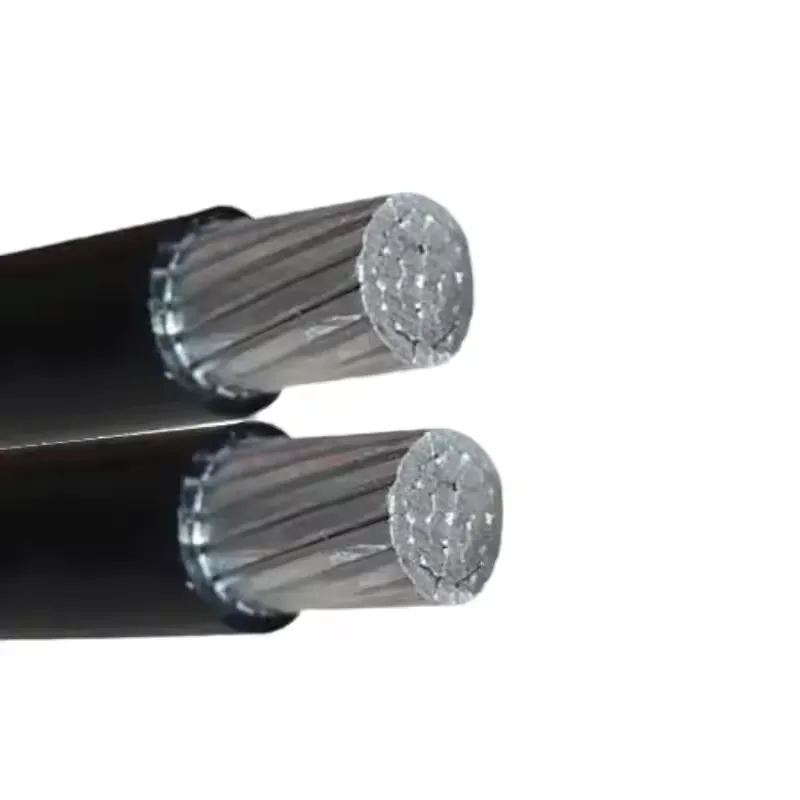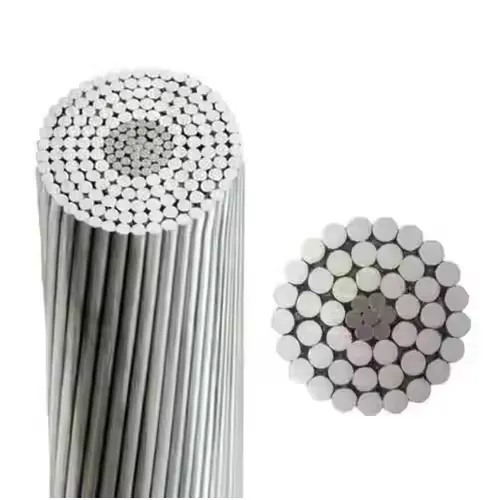Aerial Bundled Cable vs. Bare Conductor: Pros and Cons
Table of Contents
- 1. Introduction
- 2. Advantages of Aerial Bundled Cable
- 3. Disadvantages of Aerial Bundled Cable
- 4. Advantages of Bare Conductor
- 5. Disadvantages of Bare Conductor
- 6. Comparison Table
- 7. Conclusion
1. Introduction
Aerial Bundled Cable (ABC) and Bare Conductors are two major types of overhead power transmission methods. This article explores the strengths and weaknesses of each to help guide your decision for utility or industrial use.
2. Advantages of Aerial Bundled Cable
- Improved safety due to insulation reducing the risk of electric shock and short circuits.
- Lower maintenance requirements, especially in areas with tree overgrowth.
- Better reliability during storms and adverse weather conditions.
- Compact and clean installation, ideal for urban and residential areas.
- Reduces power theft due to difficulty in tapping into insulated cables.

3. Disadvantages of Aerial Bundled Cable
- Higher initial installation cost compared to bare conductors.
- Insulation may degrade over time with UV exposure.
- More weight means stronger poles or more supports are needed.
- Damage to insulation can be harder to detect and repair.
4. Advantages of Bare Conductor
- Lower material and installation cost.
- Lightweight, allowing for longer span lengths with fewer poles.
- Well-suited for high-voltage transmission over long distances.
- No insulation, so no aging or breakdown of outer material.

5. Disadvantages of Bare Conductor
- Higher risk of electrical hazards and short circuits.
- Frequent maintenance required due to exposure to trees and animals.
- More vulnerable to outages during storms.
- Unattractive appearance and increased power theft risk.
6. Comparison Table
| Aspect | Aerial Bundled Cable | Bare Conductor |
|---|---|---|
| Safety | High | Low |
| Installation Cost | Higher | Lower |
| Maintenance | Low | High |
| Durability | Good (with insulation) | Good (no insulation aging) |
| Theft Resistance | High | Low |
| Use Case | Urban, Residential | Rural, Long-Distance |
7. Conclusion
When choosing between Aerial Bundled Cable and Bare Conductor, consider your project’s environment, budget, safety requirements, and expected maintenance levels. ABCs offer improved safety and aesthetics, while bare conductors provide a cost-effective and reliable option for large-scale transmission.
Source: JianYunCable.
Comments
Post a Comment